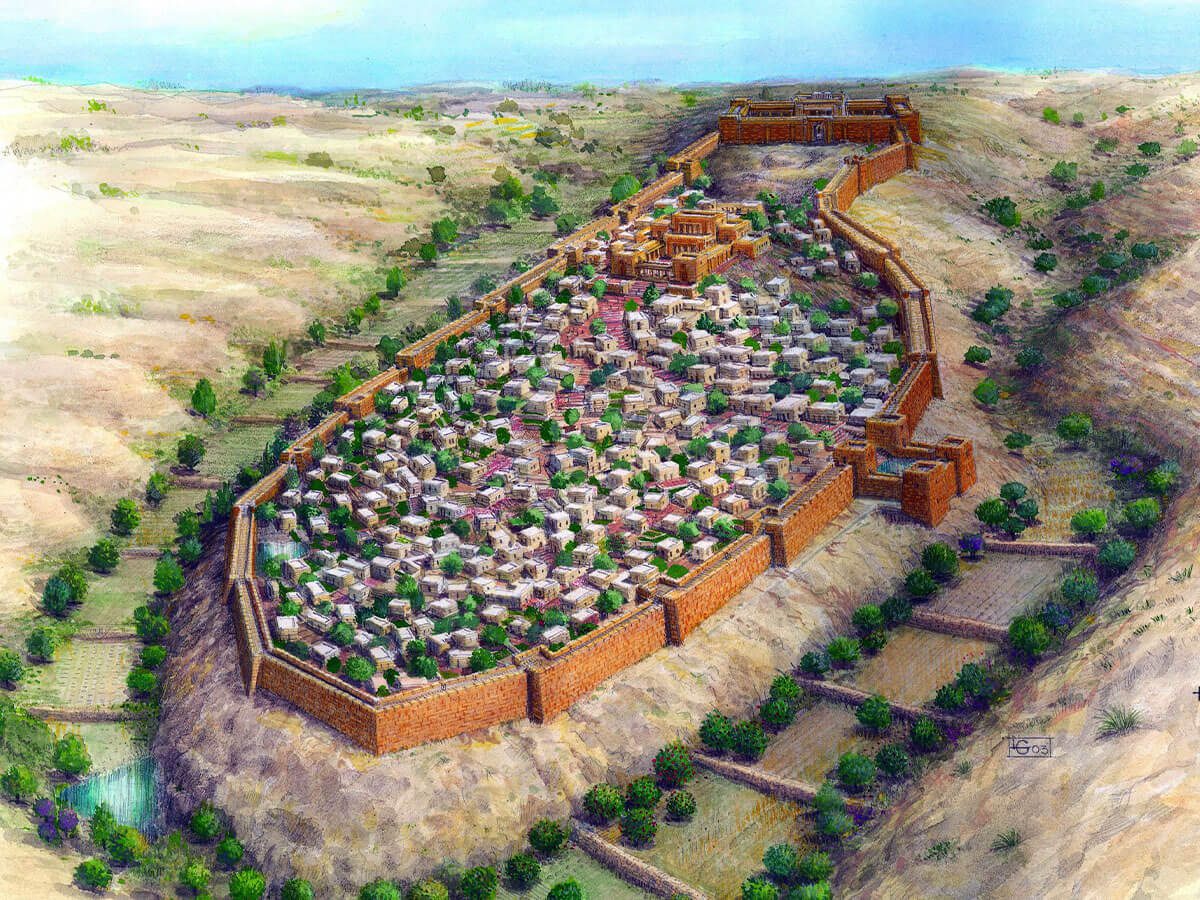
A scientific breakthrough has allowed archaeologists to confirm the biblical account of Jerusalem as a major city during the days of Solomon and David. Up until recently, most experts and skeptics believed that Jerusalem did not become a major city until much later, during the days of King Hezekiah. This was due to many experts attributing a wall built on the original site of Jerusalem as being constructed during Hezekiah’s reign, with the intention to defend the city against the Assyrian King Sennacherib. However, a new carbon dating method has dated the wall as far back as Hezekiah’s great-grandfather, Uzziah. In the past, Carbon-14 has been difficult to use for certain dating, due to the way it fluctuates. However, new research by scientists from the Israel Antiquities Authority, Tel Aviv University and the Weizmann Institute of Science has been able to use ancient tree rings from Europe to track these fluctuations and give them a more accurate picture of their findings. Archaeologists Elisabetta Boaretto of the Weizmann Institute noted the initial difficulties of c-14 dating, saying, “The resolution of c-14 was very bad – 200-300 years; it was impossible to distinguish anything else.” Scientists took samples from four different sites, utilizing organic materials such as dates and grape seeds.
Prof. Yuval Gadot of Tel Aviv University explained how game-changing the method is, saying, “The new research allows us to study the development of the city: until now, most researchers have linked Jerusalem’s growth to the west, to the period of King Hezekiah – just over 2700 years ago. The conventional assumption to date has been that the city expanded due to the arrival of refugees from the Kingdom of Israel in the north, following the Assyrian exile. However, the new findings strengthen the view that Jerusalem grew in size and spread towards Mount Zion already in the 9th century BCE, during the reign of King Jehoash, a hundred years before the Assyrian exile. In light of this, the new research teaches that the expansion of Jerusalem is a result of internal-Judean demographic growth and the establishment of political and economic systems.” Dr. Joe Uziel of the Israel Antiquities Authority noted how the new findings confirm the dates from the Bible. “For decades, it was assumed that this wall was built by Hezekiah, King of Judah. But it is now becoming clear that it dates back to the days of King Uzziah, as hinted at in the Bible.” The construction of the walls during Uzziah’s reign is noted in 2 Chronicles 26:9.
The new dates can also pinpoint parts of the city that were being utilized during the reigns of David and Solomon during the 10th century BC. Many skeptics have tried to undermine the Biblical account of David, claiming that if David and Solomon really did exist, they were chieftains and not the monarchal dynasty that the Bible claims. But these new findings could hamper that belief. “During the 10th century BC, the days of David and Solomon, this research has shown that the city is occupied in different areas, and seems to have been larger than we thought previously. We can pinpoint specific buildings and relate them to specific kings mentioned in the Biblical text,” said Dr. Uziel.
